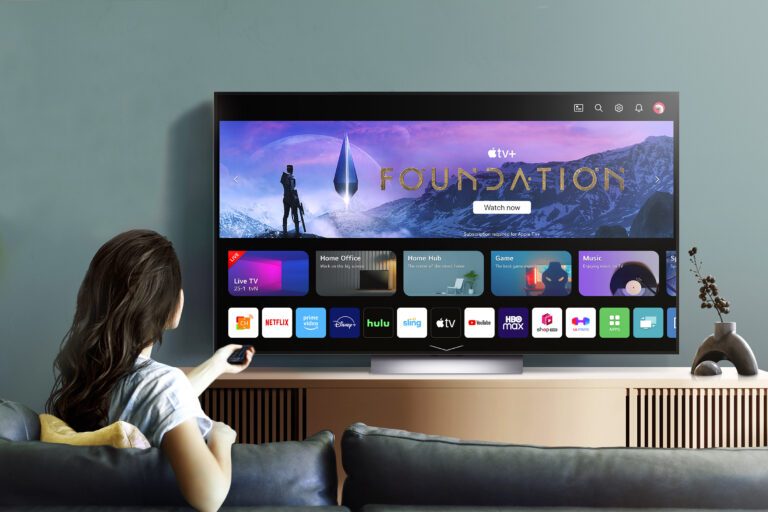As technology advances, new features are introduced every year to improve the user experience. One such feature is the Quick Media Switching (QMS)
When switching between video content, you may have noticed a brief black screen on your TV. This occurs as the refresh rate adjusts to the new program’s requirements, which can differ between 60 Hz for sports and 24 Hz for movies. While a minor inconvenience, it can be frustrating for some users.
Each January, tech manufacturers unveil their latest products for the year. LG recently announced their future OLED TV models, boasting brighter, more accurate, and user-friendly displays in a press release on January 3.
However, as technology is mature, significant changes to living room entertainment are not expected. Notably, LG’s new TVs are the first to be compatible with the QMS feature of the HDMI 2.1a standard, which is an exciting development.
What is Quick Media Switching [QMS]?

The Quick Media Switching (QMS) feature quickly adjusts the refresh rate within the 24-60 Hz range to prevent black screens during transitions. This results in an invisible switch, improving the viewing experience.
It’s an evolution of variable refresh rate (VRR), commonly used in video games to prevent screen tearing and stuttering. QMS requires consistent resolution across all content for seamless transitions.
The organization responsible for certifying HDMI products clarifies that QMS is designed for video applications and not video games.
HDMI 2.1a standard compatibility is required across all devices in the chain. The latest Apple TV 4K supports QMS, and other devices are expected to be compatible in the future, with updates from manufacturers.
However, QMS cannot eliminate the black screen that may occur when switching from standard dynamic range (SDR) to high dynamic range (HDR) content.
We may need to wait for the HDMI 2.1b standard and another feature to address this issue.
Tech innovations are introduced every year, sometimes addressing needs we didn’t know we had. These advancements provide new features
Conclusion
While QMS is designed for video applications and not video games, it represents a significant improvement in the viewing experience by seamlessly transitioning between video content.
As more devices become compatible with the HDMI 2.1a standard, QMS is expected to become more widely adopted.
However, it cannot eliminate black screens when switching from SDR to HDR content, which may require a future update. Overall, QMS represents a step forward in providing a more user-friendly viewing experience.






